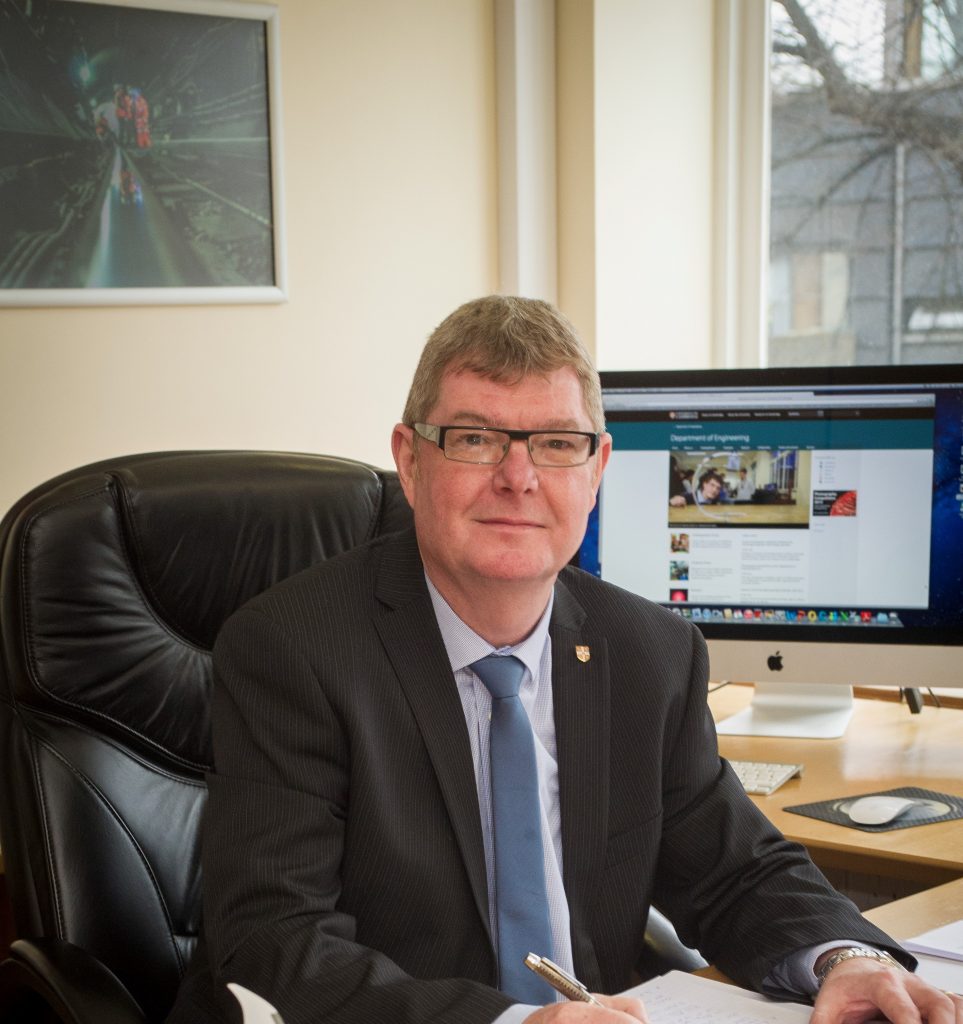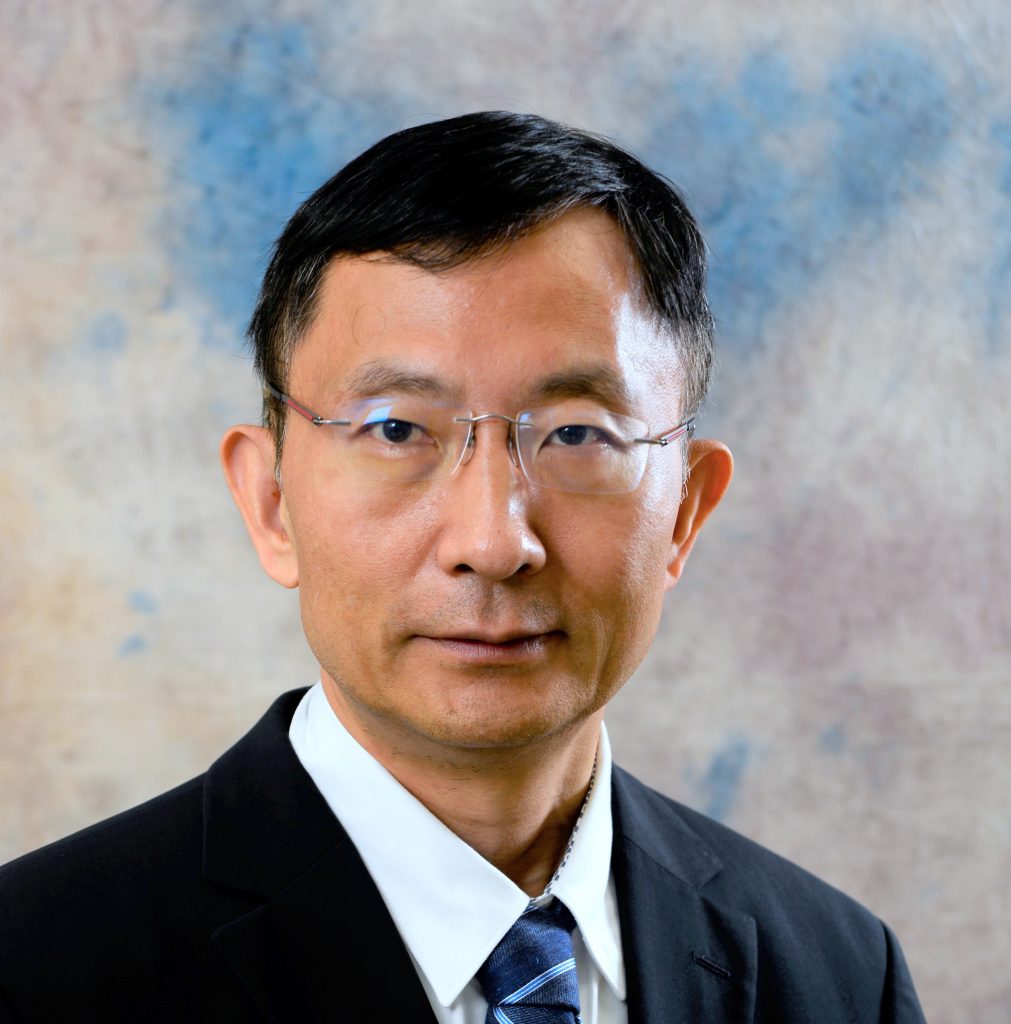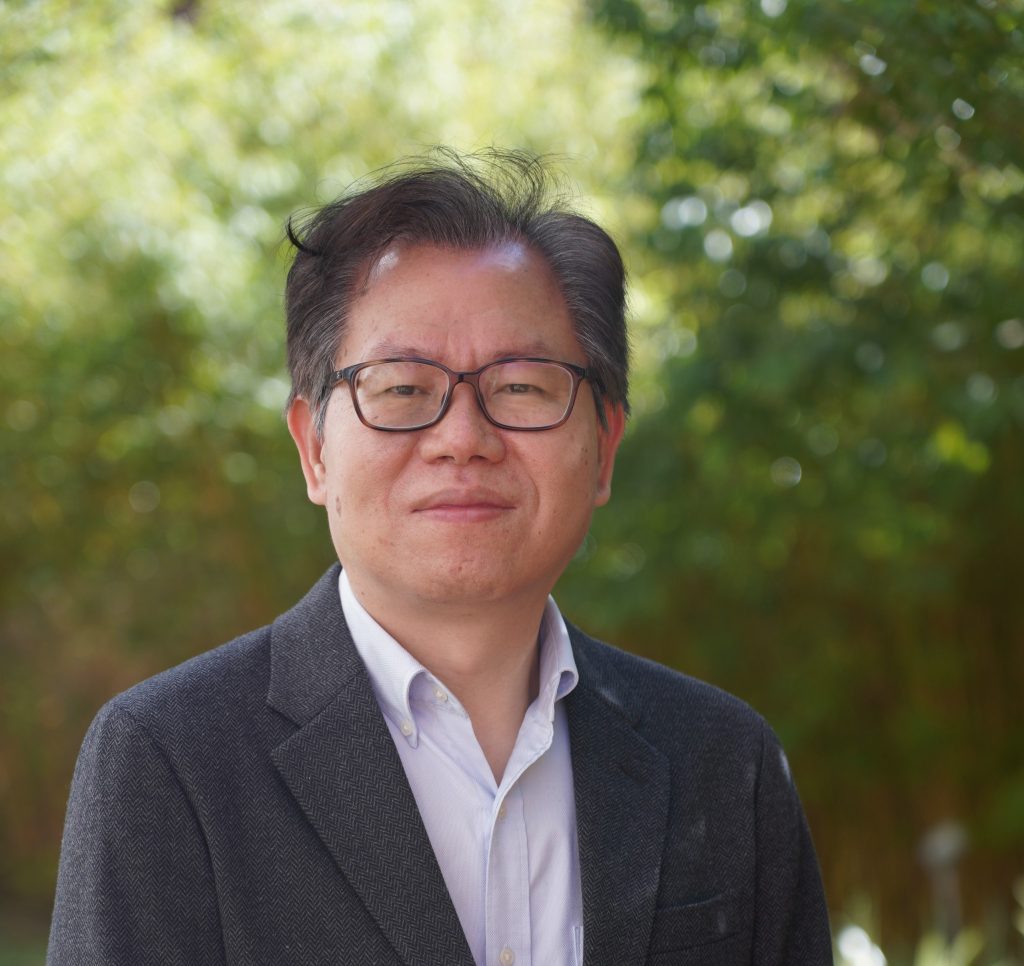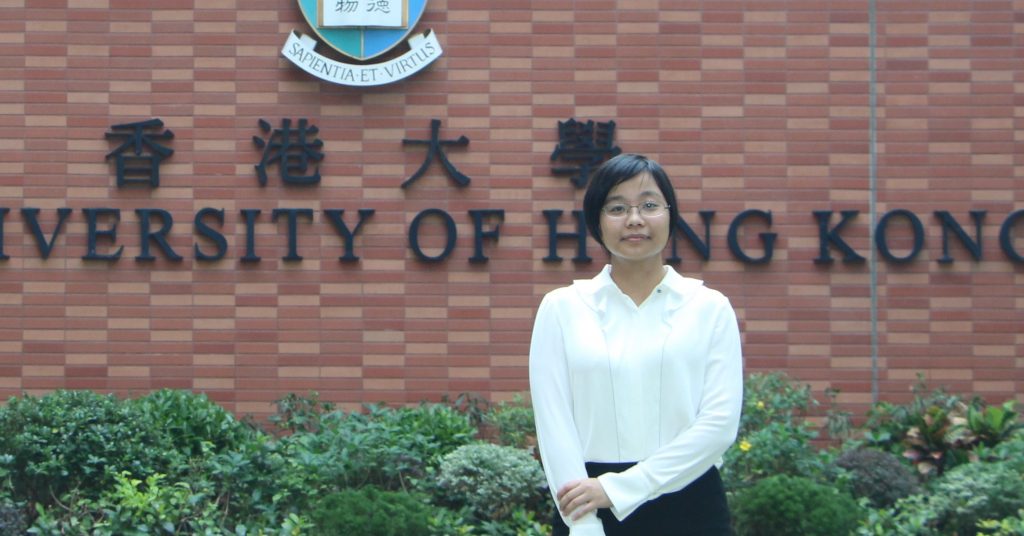TechTalk – Defect Tolerant Brain-inspired Computing with Memristors
Human brain can perform many tasks much better than classical electronic computers, such as face recognition, reasoning based on vague information, and learning from experience, to name a few. Recently, brain-inspired algorithms have promoted in the rapid development of artificial intelligence, however, they cannot work well in classical computers. In this talk, Dr. Can Li will present his recent works on building brain-inspired computers to fit better with brain-inspired algorithms. Those computers are based on an emerging nanoelectronics device – a memristor – which can store information and compute simultaneously, similar to synapses and neurons in our brain. The built hardware can function similar to human brains, for example, it can tolerate hardware defects, make full use of the nonlinearity of devices, learn from rare samples, and so on.










